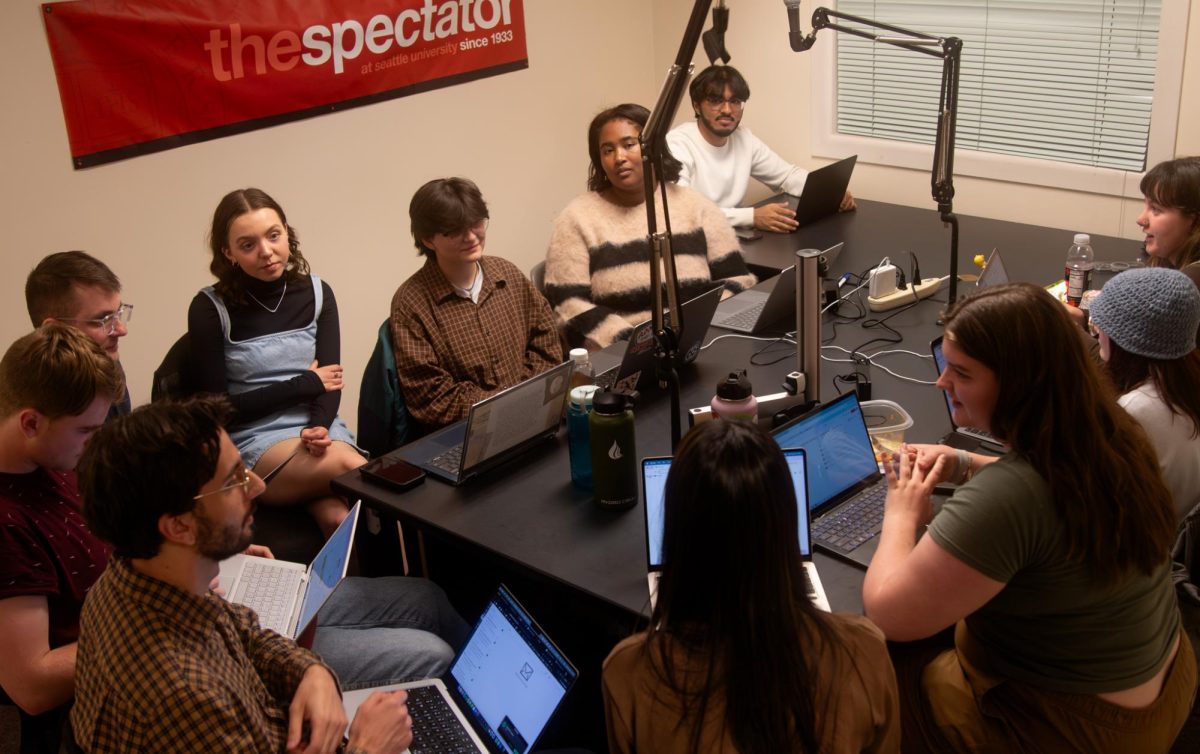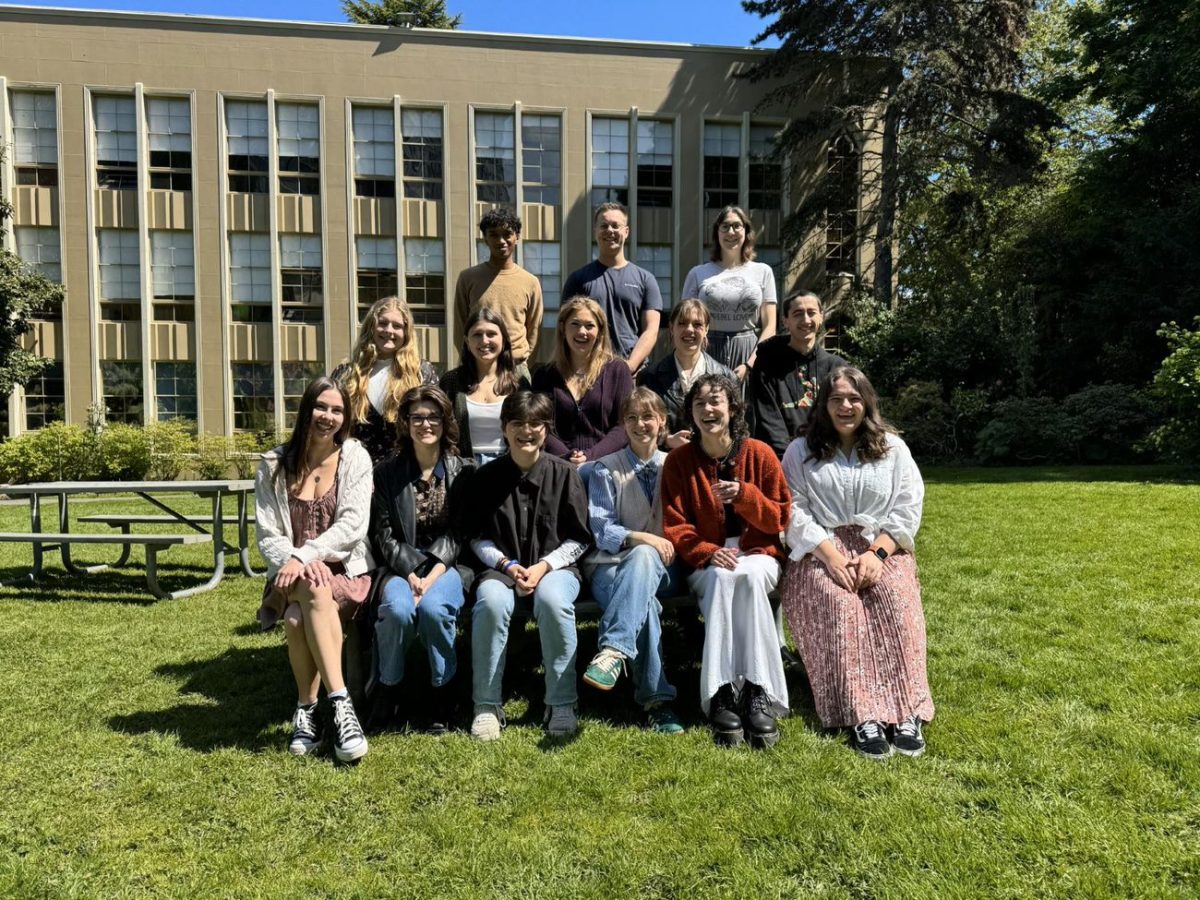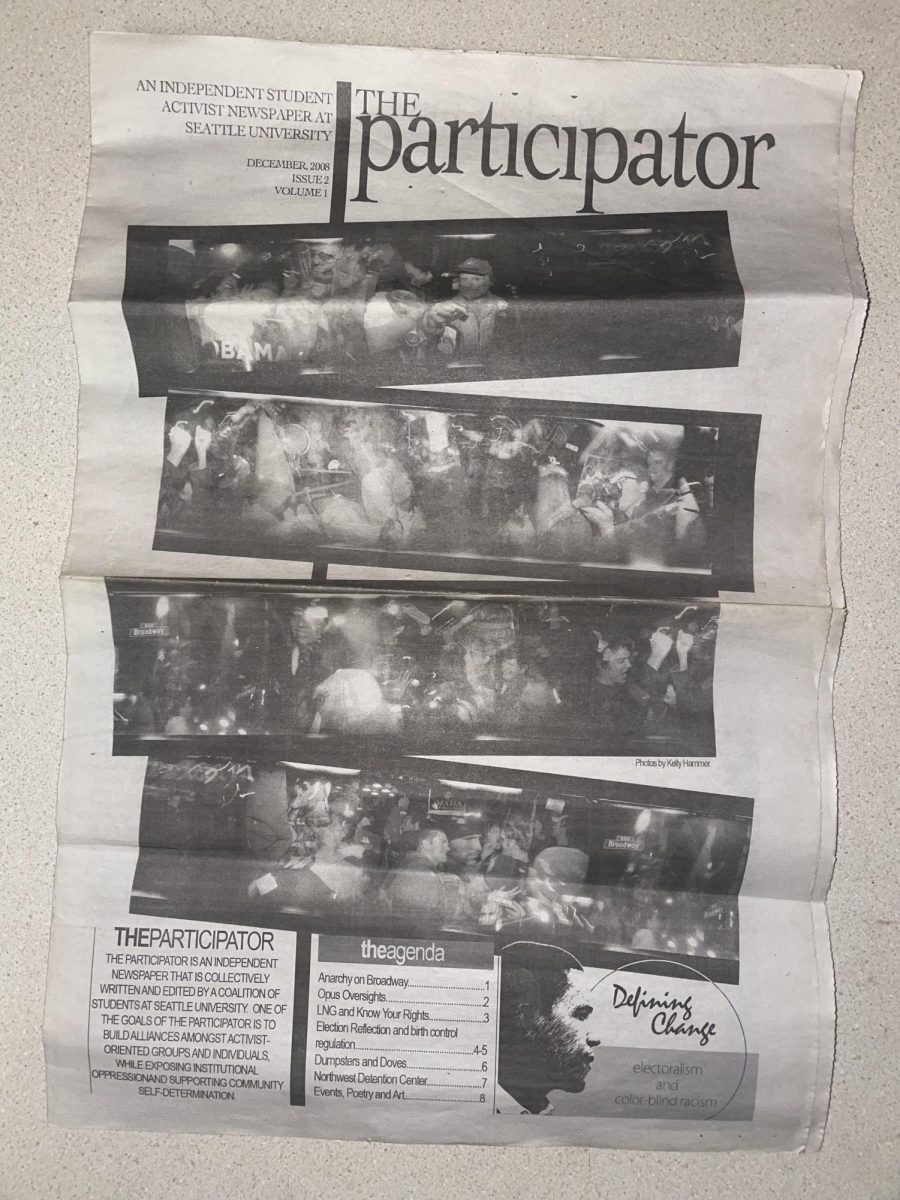In 1954, the United States Supreme Court decided in the Brown v. Board of Education case that segregated school programs were unconstitutional, and from then on, schools were required to be integrated.
After that decision, several changes happened within the Department of Education—all of them meant to create a fair treatment for all students and schools. However, in the last 65 years, the problem of segregation in schools transformed and still exists in today’s educational system.
Understanding the importance of the problem, a group of instructors, parents, students, and Board of Education representatives participated in a panel discussion at Garfield High School about current segregation in Seattle Public Schools. Throughout the night, parents, instructors, and students looked back to see what has not worked in the past 65 years and how the persisting segregation could be fixed in the future.
According to Nancy Beadie, a panelist and former professor at the University of Washington, numerous activists fought for a fair Board of Education and fair treatment for students of color. However, their attempts barely made any change, and the problem remained.
Segregation not only puts several students of color in one isolated spot and makes them feel punished, but it is also enforces some racist stereotypes. Throughout the panel discussion, the event coordinators acknowledged that stereotypes could be a threat to full integration. Ali McKay, Seattle chapter lead for Integrated Schools, explained how she and her colleagues struggled with their own internalized racism.
“We actually have a lot of [solutions], like we have a book club where we are talking to each other and reading books, lots of different kinds of books, to sort of figure out what the bias is,” McKay said. “Again, top down, you can have anti-bias training and culturally responsive teaching. I think that all things are good and should be done. But, there has to be both a grassroots desire to change and to work on these things.”
During the event, speakers answered several questions about segregation, school discrimination, and “option” schools. Most option schools are graded by standardized tests which only test a few academic subjects.
“Greatschools.org gives a single number to every single school, and it’s not a fair number at all. It’s based a lot on test scores,” McKay said. “Our school has challenges, but it is really working hard to serve all of our students, and our students of color, and our homeless students.”
Despite the school’s efforts to work with its minoritized population, its success goes unrecognized by this website. Because parents use these websites to determine where to send their children, this can result in segregation, with white parents either explicitly or implicitly avoiding schools with more diverse populations.
“You go into a building, and there are kids in the building and teachers in the building. They are working really hard and doing great things, and then Greatschools.org goes and says that building is a 2/10,” she said.
Katharine Strange, the emcee of the event and a member of the Seattle chapter of Integrated Schools, agreed that associating data from test scores with the quality of education at grade schools could be an issue in perpetuating a separation between schools.
“Our school is still obviously really segregated. I live in South Seattle, in South Beacon Hill, and most of the public schools, neighborhood schools around me, are five percent or less white. Even though that’s not the makeup of the neighborhood anymore, the facts are that white families are often sending their kids to private school or sending them to option schools. The problem is still there,” Strange said.
She said that many people assume that segregation is a thing of the past, a harmful misconception that she’s trying to combat.
“I’m just hoping that we can get more people aware of this problem,” Strange said. “I’ve written a bit about this in the past and what I’ve been surprised by again and again is how many people have just never noticed how segregated we are.”
At the end of the day, panelists hoped that they had made the community more aware of persisting segregation since Brown v. Board. McKay hoped that this event would change how people think about schools.
“I hope that schools are a place where kids are valued, and families are valued, and everyone’s human dignity is manifested. That’s a really grand long-term vision, but I really think that’s what we have to keep on our minds.”
The editor may be reached at
[email protected]













